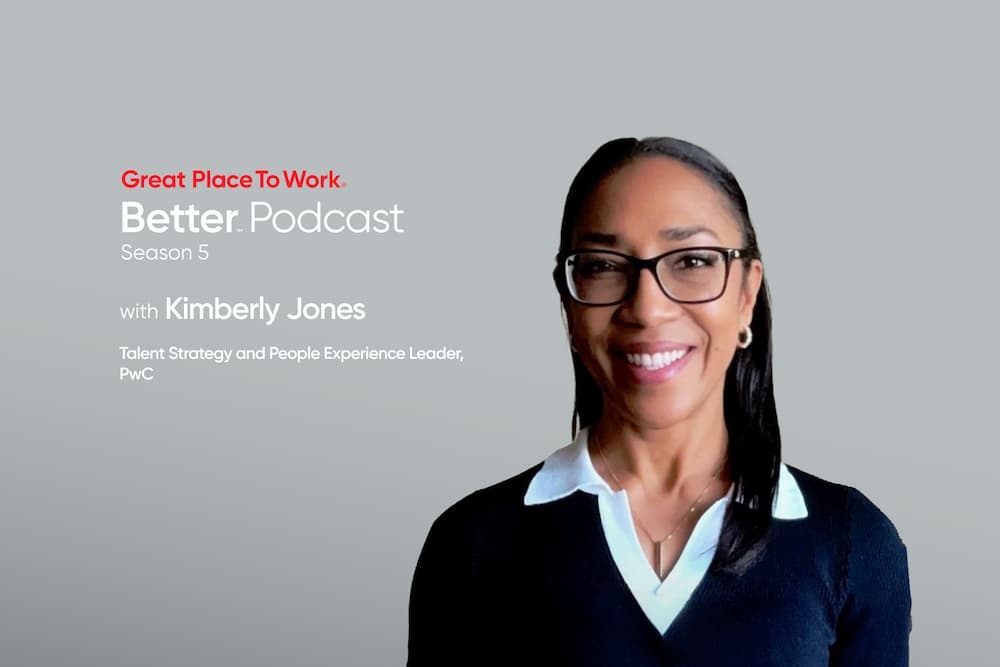Employee Experience, Employee Surveys, Leadership & Management, Maintaining Company Culture, Pre-survey, Recession, Survey Design
Why and how to conduct employee surveys during crises. Uncover key strategies to understand employee concerns, boost morale, manage resistance, improve decision-making, and foster trust, ensuring a resilient organization in uncertain times.
In the wake of a crisis, merger or layoff, the common corporate instinct might be to retreat, to batten down the hatches and weather the storm in silence. It's akin to attempting to navigate the choppy seas without a compass or a map, guided only by fear and uncertainty.
When your company is in a state of flux, the idea of surveying employees might seem akin to lighting a candle in a hurricane. Yet, paradoxically, it is precisely during these moments that the practice becomes more vital than ever.
Leaders need surveys to reveal employee concerns, fears, or issues that may otherwise remain obscured. By addressing these directly, leaders can alleviate the uncertainty and unease. And authentic and transparent communication during times of stress is critical for preserving company culture.
Surveys facilitate vital communication between leadership and employees, ensuring unity and mutual understanding. In periods of upheaval, clear and consistent communication becomes even more critical.
Wise and caring leaders understand why it’s important to survey employees during change or a crisis:
-
Unmasking hidden concerns: Surveys illuminate concerns about job security, work-life balance, and adaptation to new technologies during uncertain times
-
Boosting employee engagement: Regular surveys show employees their views matter, maintaining their connection with the organization
-
Decoding resistance to change: Surveys provide insight into the resistance to change, supporting effective management strategies
-
Strengthening communication: Surveys serve as two-way channels between management and staff, facilitating better understanding
-
Informing strategic decisions: Feedback from surveys guides leadership's decisions during uncertainty
-
Building trust: Seeking feedback, sharing results, and acting on feedback rebuilds trust during periods of instability.
Surveying employees when it feels uncomfortable to do so, is not only wise, it’s crucial to help your business thrive through major organizational change, layoffs or any other crisis…… if you do it right, that is.
If you want to get the fullest possible picture of your employee experience, your survey’s design, execution and details matter.
Over the past 30 years, Great Place To Work® has helped countless companies design, deliver and execute their employee surveys, including during times of crisis such as the Great Recession.
In the process, we’ve identified several best practices for surveying during challenging times:
How to survey employees during major change or crises
Before you send the employee survey:
1. Reassure confidentiality
A common fear among employees is that their employer will be able to connect their responses to them. They worry that their requests will seem ungrateful or harsh at a time when some are without jobs.
When you make clear that all responses are confidential, you create the psychological safety that encourages people to share their feedback openly and honestly, in a way they might not feel comfortable doing face to face.
2. Give context
Sensitive questions, such as those that ask about homelife, call for thoughtful explanation. In your pre-survey communications, giving employees context.
3. Explain your endgame
No employee wants to take the time to share their feedback and criticism, only to find that the company merely files it away and never acts on it. Sending an employee survey and failing to act on it can be worse than not surveying at all.
It’s essential that you let your people know what you will do with their feedback. This ensures they will feel heard, cared for and willing to share with you again, contributing to the high-trust company culture you are working to create.
4. Meet employees where they are
The survey you send during a crisis likely won’t look are those that you’ve sent during “normal” times. It’s important to design it in a way that takes into consideration what employees may be experiencing at the time.
For example, an organization that has had to furlough employees may tailor a survey to recognizing “survivors’ guilt” among their colleagues who remain.
Employees on the frontlines, like health care workers, will need acknowledgment that they are likely overwhelmed and may not have the capacity to respond to a survey:
-
Keep the survey brief
-
Recognize potential limitations in your communications
-
Offer alternative avenues for them to provide feedback (such as their supervisor or HR)
These demonstrate flexibility and sensitivity to their situation.
What employee survey questions should you ask during a crisis?
To decide what to ask, it can help to work with the end in mind.
A useful way to do this is to ask yourself what would be the most helpful things for your organization to learn so you’re well-placed to support your employees better in the current climate.
Once you’ve determined that, let these best practices inform your questions:
1. Ask up to three open-ended questions
It’s important to give employees a forum to share their thoughts in a way that paints a vivid picture of their experience.
However, it’s rarely a good idea to ask people to write too much. Writing open-ended answers requires additional cognitive load that employees may not have available — especially in times of crisis where employees are processing extraordinary anxiety.
2. Incorporate quantitative statements
The idea here is to look for signs of improvement (or decline). When you incorporate quantitative statements, you can revisit them in 2-3 months and see how things have shifted over time.
3. Use a mix of crisis-related and “business as usual” statements
We use a mix of our Trust Index™ Survey statements – these are statements that almost 30 years of research tells us are key drivers of great company culture – with statements that you can design specific to the current climate.
Examples of two situation-specific statements and one recurring one from our Trust Index survey:
-
I am supported to care for my responsibilities at home (situation-specific)
-
I feel financially secure for the next several months (situation-specific)
-
Management involves people in decisions that affect their jobs or work environment (recurring Trust Index survey question)
4. Include questions about management
In times of crisis, leaders need additional support to balance the needs of their people, their organization and their own personal experience.
Some statements we recommend to measure and help leadership under crisis:
-
Management involves people in decisions that affect their jobs or work environment
-
Management keeps me informed about important issues and changes
-
I feel safe speaking up
-
Management shows a sincere interest in me as a person, not just an employee
Example survey questions from Best Workplaces™
Here are some sample questions that Great Place To Work clients have used in recent pulse surveys to generate clear and actionable feedback:
-
What is one way we could continue to support you?
-
What is your biggest concern right now – at home or at work?
-
Is there anything the organization can do in light of these circumstances that would be helpful to you?
-
What communication/updates would be valuable to you during this time?
-
What suggestions do you have that the organization should consider to restart our business when the timing allows?
Not only do your employees know best what they need, they will also have many of the ideas that are going to enable you to move beyond the current crisis. Questions like the ones above can generate answers that help you create an action plan to address employee concerns.
Follow up, follow through
After you close the survey and analyze results, you must communicate results, sharing what you learned from the survey and what actions you are taking in response to employees’ feedback.
This is vital because it:
-
Demonstrates listening and commitment to your employees’ well-being
-
Preserves and builds trust and credibility with your people
By designing an employee survey that addresses employees’ experience and needs during a period of upheaval or stress will help you put your time, energy and resources in the right places.
Discover how change is impacting your employees
Navigating the rocky landscape of uncertainty and change, organizations stand to benefit greatly from regular employee surveys. Contact us about the Great Place To Work Trust Index Survey today.












